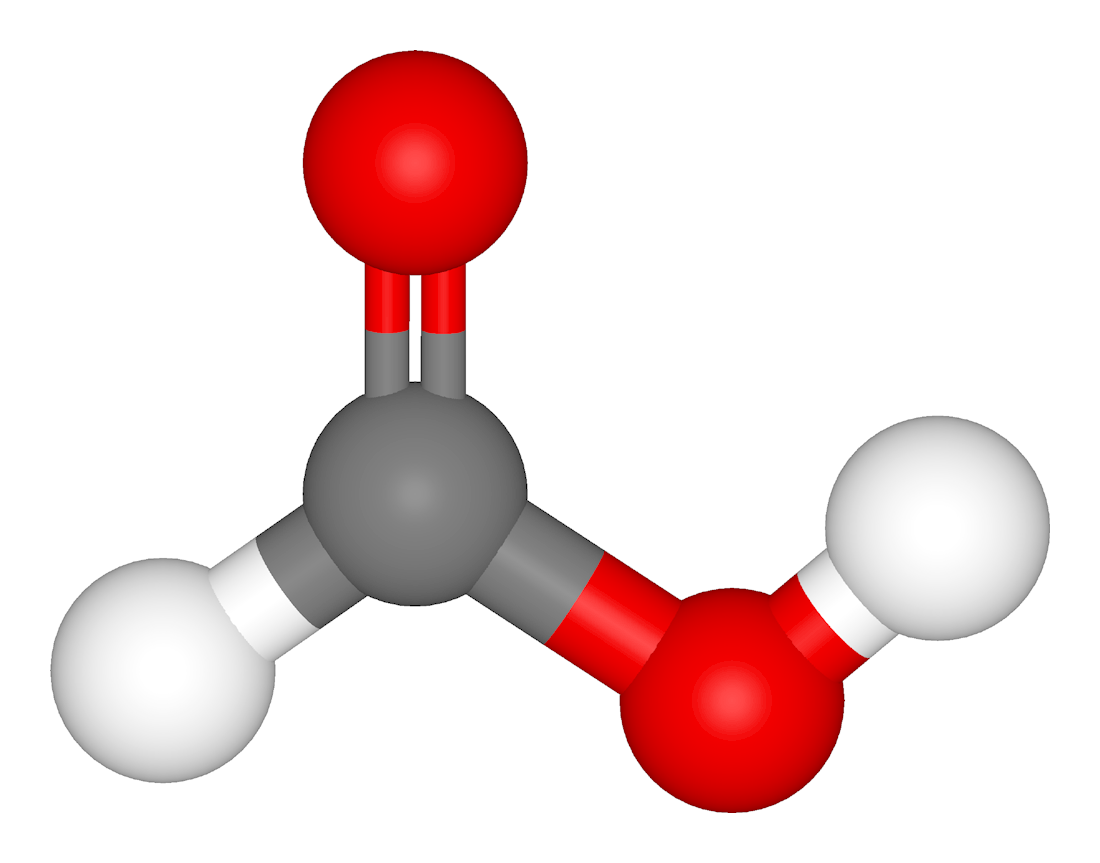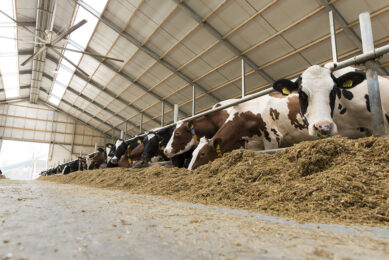Changes in rules for formic acid labelling

The EU GHS classification and labelling for formic acid will be adapted. Formic acid is used in feed for it antimicrobial activity, but there are also better (and less toxic) alternatives.
Due to re-assessment of the legislative framework (EU GHS) by the members of the Formic Acid REACH consortium, the classification and labelling for formic acid will be adapted by all the European formic acid producers and importers in the consortium.
This adaptation means that ‘Acute toxicity’ will be included in the classification and labelling of formic acid products with an acid concentration of 78.5% or higher. In addition to the corrosive classification, formic acid in concentrations above 78.5% will be classified as ‘toxic if inhaled’ (H331) and as ‘harmful if swallowed’ (H302). And the new hazard pictogram GHS06 ‘Skull and crossbones’ will be required on the label.
The product properties (unless stated otherwise) have not changed, only the assessment of the existing data has. Storage requirements for formic acid products with an acid concentration of over 78.5% may also change but these regulations and requirements are country specific.
Some companies offer safer solutions. Among which Perstorp, that will shift part of its formic acid production to a formic acid partly buffered as sodium formate. This product* is less corrosive, safer to handle and avoids the additional requirements for storage.
*ProPhorce™ AC 600











